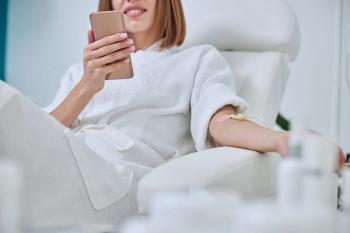
|Slideshows|August 27, 2018
The 8 Best Ways to Communicate with Patients
Author(s)Frieda Wiley, PharmD
Information is a patient’s greatest ally, but it’s no help if they can’t understand it.
Advertisement
Newsletter
Pharmacy practice is always changing. Stay ahead of the curve with the Drug Topics newsletter and get the latest drug information, industry trends, and patient care tips.
Advertisement
Latest CME
Advertisement
Advertisement
Trending on Drug Topics
1
The Pharmacist’s Expertise in Managing Pneumococcal Diseases, Vaccines
2
What TrumpRx Means for Independent Pharmacies and Their Patients
3
Addressing Clinical Challenges and Expanding Pharmacy Roles | Recap ASHP Midyear 2025
4
Oral Semaglutide Show Promise as New Benchmark for Diabetes Care, Cardiovascular Protection
5































































































































